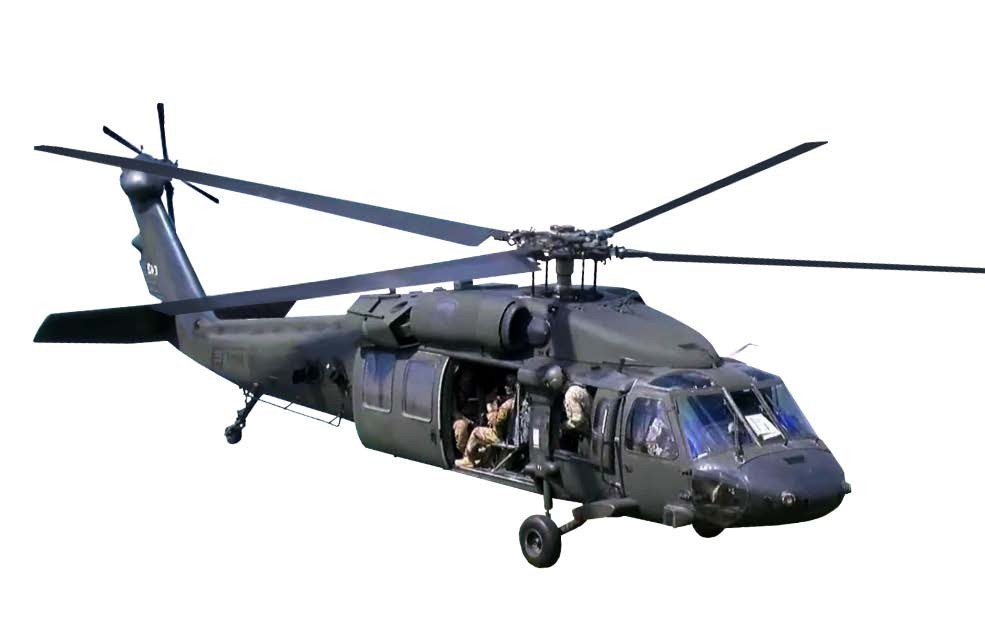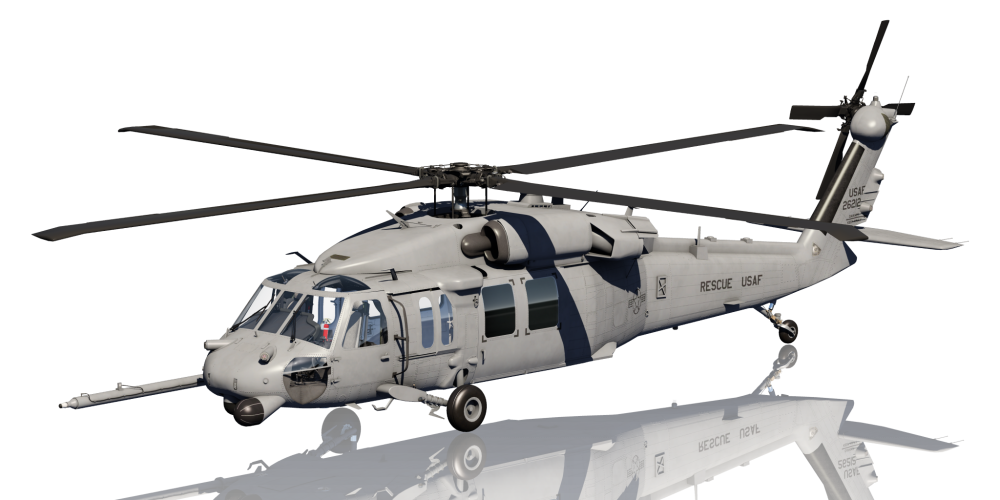Essential Facts and Insights Concerning the UH-60 Helicopter
The UH-60 helicopter, a foundation of modern armed forces aeronautics, has progressed dramatically because its intro in 1979. Comprehending the intricacies of the UH-60's duty reveals a complicated story of technology and adjustment that benefits even more expedition.
Background of the UH-60
The UH-60 Black Hawk helicopter was created in the late 1970s as component of the United States Army's campaign to replace the older UH-1 Iroquois. The demand for a more functional, durable, and qualified aircraft emerged from the lessons discovered during the Vietnam War, where the constraints of the UH-1 emerged. In 1972, the Military started a program to acquire a new energy helicopter, culminating in an affordable style stage that saw a number of producers send proposals.
Sikorsky Aircraft was ultimately granted the agreement in 1976, and the initial prototype of the Black Hawk flew in 1974. Its design focused on innovative technology, including a four-blade blades system and a modular construction that permitted fast area upkeep and adaptability to numerous goals. Formally getting in service in 1979, the UH-60 quickly ended up being the backbone of Army air travel, offering in a wide range of duties such as troop transportation, medevac, and logistical support.
Throughout the years, the Black Hawk has undertaken various upgrades and adjustments, strengthening its standing as a necessary possession in armed forces operations around the globe (UH 60). Its durable efficiency proceeds to meet the evolving needs of modern-day warfare
Style and Functions
Including innovative engineering concepts, the UH-60 Black Hawk includes a streamlined, aerodynamic design that improves its efficiency and performance. This twin-engine energy helicopter is defined by its unique shape, with a high-mounted, four-blade main blades system that offers phenomenal lift and stability. The rotor blades are built from composite products, adding to their resilience and decreasing upkeep demands.
The body is designed for optimal weight circulation and structural integrity, enabling for an optimum gross weight of approximately 22,000 pounds. The cabin format helps with versatile arrangements, fitting numerous goals, from army transportation to medevac procedures. Additionally, the cabin is furnished with advanced avionics, including digital screens and multi-functional systems that improve situational recognition.
The UH-60 likewise incorporates composite materials in its airframe, which minimize radar cross-section and improve survivability in hostile atmospheres. Its retractable touchdown gear simplifies the aircraft's account, more adding to its aerodynamic performance. Overall, the thoughtful combination of layout components and products not only enhances the Black Hawk's operational capabilities however also makes sure that it remains an essential possession for objectives across varied surfaces and problems.
Functional Capabilities


The UH-60 is furnished with advanced avionics and navigation systems, promoting procedures in difficult climate condition and low presence scenarios. Its durable layout enables it to perform in severe and high-altitude temperature conditions, additionally prolonging its operational array. The helicopter's twin-engine setup gives redundancy and improved efficiency, ensuring reliability during vital missions.
Geared up with sophisticated interaction systems, the Black Hawk improves situational awareness and coordination amongst army click to read more systems. In addition, its ability to carry out aerial reconnaissance and assistance close air assistance missions emphasizes its indispensable function on the combat zone. In general, the UH-60 Black Hawk's functional capabilities are a testimony to its value in contemporary military air travel, properly fulfilling the demands of a quickly progressing operational landscape.

Variations and Alterations
Numerous versions and adjustments of the UH-60 Black Hawk have actually been created to meet specific mission needs and enhance its operational adaptability. One of the most noteworthy variant is the UH-60L, which introduced upgraded engines, enhanced avionics, and enhanced freight capacity. Additionally, the UH-60M variant features advanced digital avionics, an extra powerful engine, and improved survivability systems, making it suitable for a broader range of objectives.
The HH-60G Lead Hawk is another specialized variant, created for search and rescue operations. It is outfitted with sophisticated navigation systems, exterior gas containers, and medical discharge capabilities. The MH-60R Seahawk is enhanced for anti-submarine warfare and maritime operations, boasting advanced radar and finder systems.
Moreover, the armed versions, such as the AH-60, are modified for straight strike duties, including weapon systems like rockets and gatling gun. The UH-60's versatility is further showcased in its capacity to be fitted with mission-specific devices, including cargo hooks for transportation, army transportation interiors, and reconnaissance sensing units.
These versions and adjustments underscore the Black Hawk's essential duty in modern armed forces operations, showcasing its capability to adapt to advancing goal demands.
Role in Altruist Initiatives
The UH-60 Black Hawk has actually stepped up to play an important function in altruistic efforts around the world, showing its adaptability past army applications. This multi-mission helicopter is geared up to conduct a selection of goals, including clinical emptyings, calamity relief, and logistical assistance in tough settings.
Throughout all-natural catastrophes, such as hurricanes and quakes, the Black Hawk has proven indispensable for delivering alleviation supplies and workers to impacted areas. Its capacity to operate in ascetic problems enables Learn More Here it to get to remote places that may be inaccessible by ground transport, guaranteeing prompt help to those in need.
In Addition, the UH-60 is often used for medical discharge goals, promptly carrying damaged people to clinical centers. Its sophisticated clinical capacities, consisting of room for clinical workers and equipment, enable life-saving interventions during crucial circumstances.
In worldwide procedures, the Black Hawk often teams up with humanitarian organizations, showcasing its flexibility and integrity. By leveraging its abilities, the UH-60 not only sustains army purposes yet additionally plays a necessary function in easing and saving lives suffering throughout humanitarian dilemmas worldwide.
Verdict
The UH-60 helicopter has developed itself as a vital property in military operations given that its intro, identified by its durable design and functional abilities. The UH-60's contributions extend beyond battle, playing a substantial role in altruistic initiatives worldwide.
The UH-60 Black Hawk helicopter was developed in the late 1970s as component of the United States Military's campaign to replace the older UH-1 Iroquois.Integrating innovative engineering principles, the UH-60 Black Hawk includes a smooth, wind resistant design that enhances its performance and effectiveness.Maximized design and advanced design enable the UH-60 Black Hawk to stand out in a selection of operational duties. In general, the UH-60 Black Hawk's functional capacities are a testimony to its significance in modern armed forces aeronautics, properly satisfying the demands of a rapidly developing functional landscape.
Different variations and adjustments of the UH-60 Black Hawk have actually been established to meet details mission requirements go right here and boost its operational adaptability.